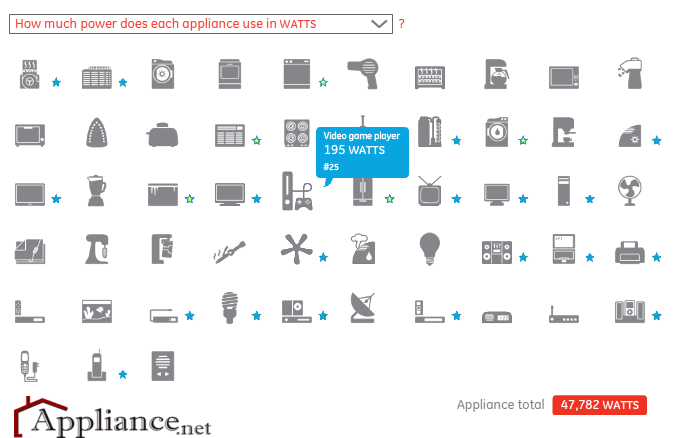The U.S. Environmental Protection Agency and the U.S. Department of Energy recently outlined a new two-step process to strengthen the credibility of the Energy Star brand.
Step 1: Testing. More aggressive product testing will be required in the future in order to be Energy Star-certified.
DOE began tests at third-party test labs on six of the most common appliances categories:
• freezers
• refrigerator-freezers
• clothes washers
• dishwashers
• water heaters
• room air-conditioners.
DOE noted that these appliances account for at least 25% of a typical homeowner’s energy bill. It will test about 200 basic models in the coming months.
The agencies are also developing a new system to require all products seeking the Energy Star label to be tested in approved labs and require ongoing verification testing.
Step 2 Enforcement.
The agencies have taken action against 35 companies in the last 4 months to enforce compliance with Energy Star as well as with DOE’s minimum appliance efficiency standards. A news release details some of the enforcement actions taken in 2009-2010, including:
• July 2009: Subpoenas issued to AeroSys Inc. to obtain air-conditioner and heat pump documentation.
• Sept. 2009: AeroSys required to provide product samples for DOE testing to verify models met U.S. federal minimum energy efficiency standards.
• Dec. 2009: DOE and EPA took steps to remove Energy Star labels from 20 LG refrigerator-freezer models that had been shown, via testing by multiple independent labs, to consume more energy than allowed by Energy Star criteria.
• Jan. 2010: DOE signed a Consent Decree with Haier regarding actions to address four Haier freezer models, including two Energy Star models, that were consuming more energy than reported.
• March 2010: EPA terminated its Energy Star relationship with US Inc./US Refrigeration based on a history of logo misuse, unresponsiveness, and failure to comply with program guidelines.
Other actions addressed problems with lightbulb and showerhead manufacturers.
The agencies noted that Energy Star violations receive much media attention but account for a small percentage of total products in the program. A recent independent review found 98% compliance.
